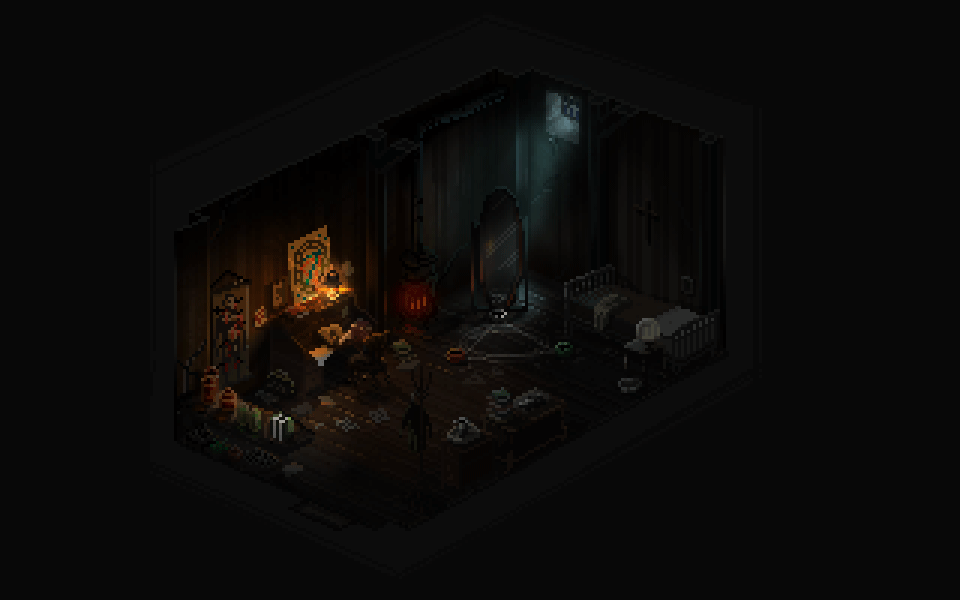I'm having a weird issue in which sometimes, after using a tween to fade in/out an object's transparency or volume value, that value can't be set anymore through the use of the "regular" (non-tweened) property.
In this very simple example, I want an object to appear out of nothing at transparency 40, and then fade out:
Code: ags
The first time the player walks on the region, everything works well. But if you step into the region again, the object does not appear, and furthermore, other attempts to change its transparency using oObject1.Transparency = whatever stop working too. It's as if the tween had "locked" this object's transparency at 100 and now I can only change it again using tweens. So if I do this, now it works:
Code: ags
Has this happened to anybody? Is this a known bug, by any chance?
Edit: I'm using AGS 3.4.3.1 with Tween module 2.1.0.
In this very simple example, I want an object to appear out of nothing at transparency 40, and then fade out:
function region13_WalksOnto()
{
oObject1.Transparency = 40;
player.Say("Did I see something there?");
oObject1.TweenTransparency(0.5, 100, eEaseLinearTween, eNoBlockTween);
player.Walk(155, 234, eBlock); // moves character outside of region13
}The first time the player walks on the region, everything works well. But if you step into the region again, the object does not appear, and furthermore, other attempts to change its transparency using oObject1.Transparency = whatever stop working too. It's as if the tween had "locked" this object's transparency at 100 and now I can only change it again using tweens. So if I do this, now it works:
function region13_WalksOnto()
{
oObject1.TweenTransparency(0.5, 40, eEaseLinearTween, eNoBlockTween);
player.Say("Did I see something there?");
oObject1.TweenTransparency(0.5, 100, eEaseLinearTween, eNoBlockTween);
player.Walk(155, 234, eBlock); // moves character outside of region13
}Has this happened to anybody? Is this a known bug, by any chance?
Edit: I'm using AGS 3.4.3.1 with Tween module 2.1.0.


 We can, uh, do stuff? And things? And play chess? And get married, apparently?
We can, uh, do stuff? And things? And play chess? And get married, apparently? ). So well, in fact, that when I have a NPC following the player (as cLadyW) in one specific room, the NPC's footsteps can ALSO be heard. But the NPC does not have any sounds associated to any frames!
). So well, in fact, that when I have a NPC following the player (as cLadyW) in one specific room, the NPC's footsteps can ALSO be heard. But the NPC does not have any sounds associated to any frames!


 ).
).

